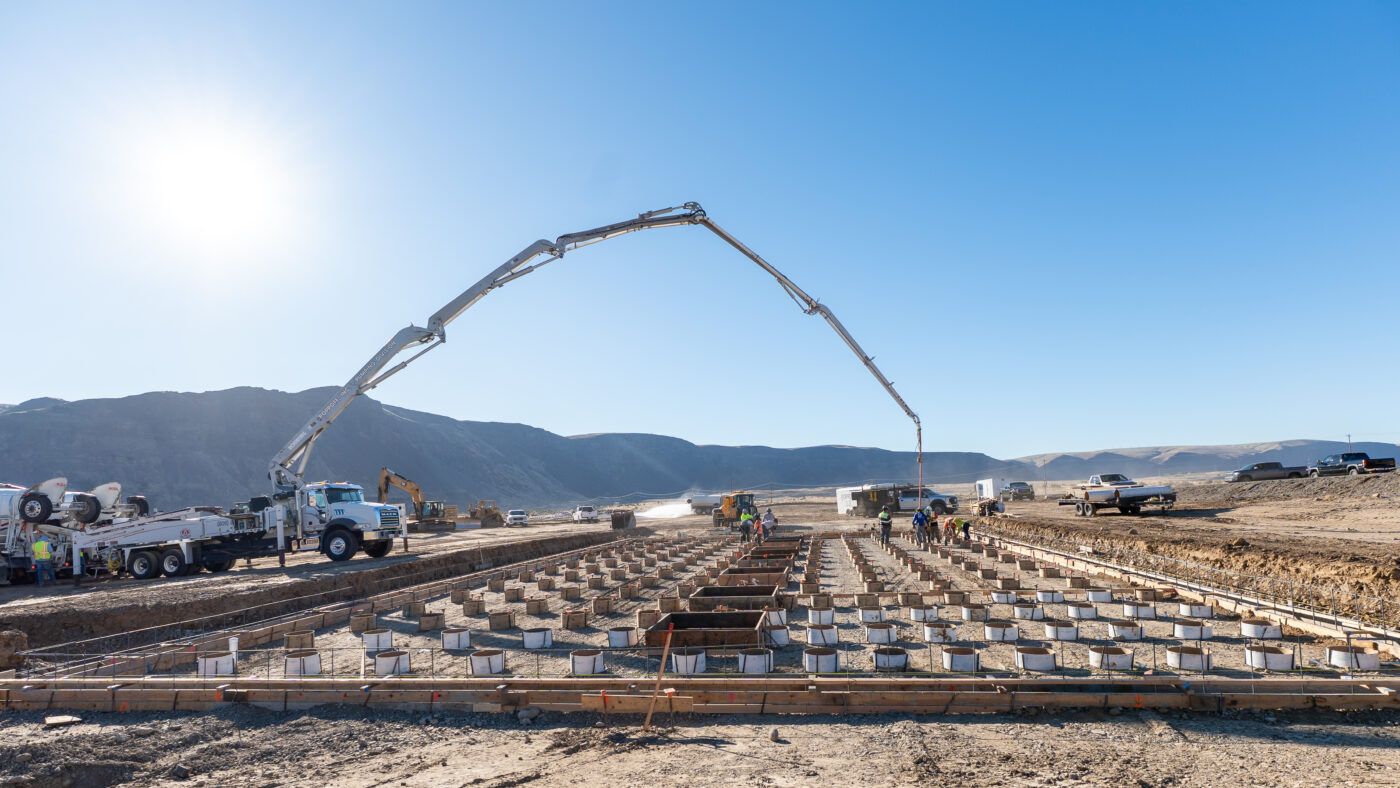Helion Energy is pursuing one of the most compressed commercialization timelines in private fusion, targeting grid power later this decade. A central component of that strategy is HERCULES, the company’s newly launched external research collaboration program. By funding targeted projects across materials, pulsed power, and diagnostics, Helion aims to close the engineering gaps between lab prototypes and commercially viable power plants.
Program details
HERCULES (Helion External Research Collaboration for Universities, Labs & Enterprise Scientists) is a multiyear funding initiative designed to accelerate the technical breakthroughs required to scale fusion energy. Helion has committed roughly $17 million through 2028, distributed across small seed grants and larger multi-year awards.
The goal is to build an ecosystem that complements Helion’s in-house work, with academia, national labs, and industrial partners solving specific problems around component durability, fuel handling, and diagnostics.
The premise is straightforward: a demonstration machine is not a commercial plant. Materials, switching hardware, and quality-control processes can easily become rate-limiting once physics milestones are achieved. HERCULES is Helion’s attempt to front-load those challenges.

Work underway on Helion’s Orion power plant in Malaga, Washington (credit: Helion).
Technical focus
The program’s research topics read like a checklist of post-breakeven bottlenecks:
Radiation-tolerant materials: Studies on silicon-carbide ceramics and advanced laminates for structural components expected to exceed 10 dpa (displacements per atom).
High-strength, high-conductivity magnets: Development of alloys able to withstand high (≥ 1 GPa) stresses while maintaining excellent (~75% IACS) conductivity, critical for Helion’s rapid-pulse architecture.
Diagnostics: Calibration of neutron detectors and transient-dose sensors suitable for short, intense pulses.
Fuel-cycle management: Tritium behaviour in materials and isotope-separation methods for the D-He3 mix that Helion favors.
Model-based control: Machine-learning-assisted magnetohydrodynamic simulations to improve stability and pulse consistency.
While each project is valuable on its own, the broader impact will depend on how rapidly these findings feed back into Helion’s prototype line.
Alignment with Helion’s commercial roadmap
Helion’s development sequence, from Trenta (2020) to Polaris (2021-24) and now the planned Orion (~2028) power plant prototype, depends on moving from proof-of-physics to reliable, repeatable operation.
HERCULES functions as the parallel R&D track to that progression: magnet cooling, corrosion mitigation, diagnostic reliability, and operator-training simulations are all intended to mature in step with Helion’s machines. Whether these timelines align will determine if Helion can realistically maintain its 2028 target.
Compared with peers such as Commonwealth Fusion Systems, TAE Technologies, and General Fusion, Helion’s approach carries distinct technical and timing risks.
Timeline: Delivering grid-connected power by 2028 would place Helion several years ahead of most private programs targeting the early 2030s.
Technology mix: Helion’s pulsed FRC system avoids cryogenics and turbines but adds challenges in component fatigue and direct power conversion.
Funding model: Where most startups consolidate R&D internally, Helion is outsourcing select research questions, a model that can accelerate progress but also diffuses control.
HERCULES serves as both an innovation lever and a strategy hedge: a way to mobilize outside expertise while maintaining the credibility of Helion’s stated timeline.
Closing thoughts
For now, HERCULES is best viewed as a capacity-building experiment within Helion’s commercialization plan. It addresses real gaps (materials endurance, diagnostic calibration, system reliability) that historically slow fusion projects after their first major physics results.
Whether it succeeds will hinge on execution. If these collaborations deliver usable components within the next three years, they could materially strengthen Helion’s 2028 demonstration effort. If not, HERCULES risks becoming a parallel research track that matures later than the hardware it was meant to support.